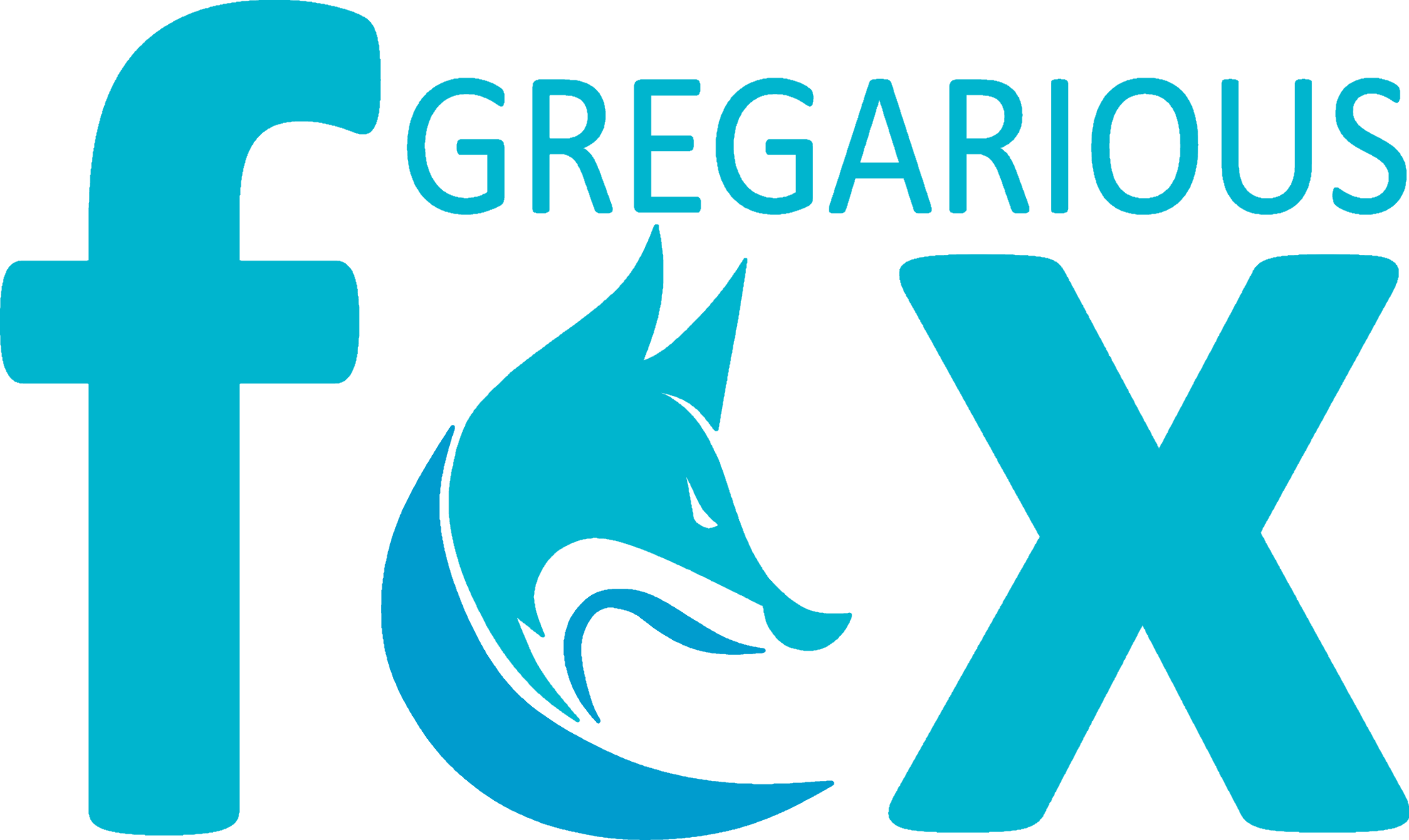IELTS Master Class
-
Week 1L1. Lesson 13 Activities|3 Exam Practice
-
L1. Lesson 22 Activities|1 Assessment
-
L1. Lesson 34 Activities|4 Exam Practice
-
Week 2L1. Lesson 42 Activities|1 Assessment
-
L1. Lesson 54 Activities|4 Exam Practice
-
L1. Lesson 62 Activities|1 Assessment
-
Week 3L1. Lesson 73 Activities|2 Exam Practice
-
L1. Lesson 82 Activities|1 Assessment
-
L1. Lesson 93 Activities|3 Exam Practice
-
Week 4L1. Lesson 102 Activities|1 Assessment
-
L1. Lesson 113 Activities|3 Exam Practice
-
L1. Lesson 122 Activities|1 Assessment
-
Week 5L1. Lesson 132 Activities|2 Exam Practice
-
L1. Lesson 142 Activities|1 Assessment
-
L1. Lesson 152 Activities|2 Exam Practice
-
Week 6L1. Lesson 162 Activities|1 Assessment
-
L1. Lesson 171 Activity|1 Assessment
-
L1. Lesson 182 Activities|1 Assessment
-
Week 7L1. Lesson 192 Activities|1 Assessment
-
L1. Lesson 202 Activities|1 Assessment
-
L1. Lesson 213 Activities|3 Exam Practice
-
Week 8L1. Lesson 222 Activities|1 Assessment
-
L1. Lesson 232 Activities|1 Assessment
-
L1. Lesson 241 Activity|1 Assessment
Participants 1
In this warmer activity, you will learn how to answer Multiple Choice questions questions from the IELTS reading exam.
1. Watch and complete the interactive video below to complete this warmer:
2. To complete this warmer, you only need to complete the interactive video above. However, you should also attempt the exam questions below for extra practice.
The Aztec civilization, renowned for its grandeur and mystery, thrived in Mesoamerica from the 14th to the 16th century. Nestled amidst the rugged terrain of present-day Mexico, the Aztecs forged a complex society characterized by impressive advancements in art, architecture, astronomy, and governance. This IELTS reading article aims to delve into the captivating world of Aztec culture, shedding light on its traditions, beliefs, and enduring legacy. The origins of the Aztec civilization can be traced back to the 13th century when the Mexica people, a nomadic tribe, embarked on a quest for a prophesied homeland. Led by their patron deity Huitzilopochtli, they eventually settled on a marshy island in Lake Texcoco, where they established the city of Tenochtitlan. Through strategic alliances and military conquests, the Mexica expanded their dominion, laying the foundation for the formidable Aztec Empire. Central to Aztec culture was a rich tapestry of religious beliefs and rituals. The Aztecs worshipped a pantheon of deities, each representing various aspects of the natural world and human endeavors. At the heart of their religious practices was the veneration of Huitzilopochtli, the god of sun and war, whose insatiable thirst for human sacrifice was believed to sustain the cosmic order. Aztec art and architecture flourished, reflecting the civilization’s intricate cosmology and cultural depth. The Aztecs adorned their temples and palaces with elaborate carvings, intricate murals, and colossal stone sculptures, showcasing their reverence for gods and heroes. Among their architectural marvels was the Templo Mayor, a towering pyramid dedicated to Huitzilopochtli and Tlaloc, the rain god, serving as the spiritual epicenter of Tenochtitlan. Despite lacking significant natural resources, the Aztecs developed a thriving economy fueled by agriculture, trade, and tribute. They ingeniously engineered chinampas, artificial islands used for cultivation, which yielded more bountiful harvests of maize, beans, and squash. Through an extensive network of trade routes, the Aztecs traded a diverse array of goods, including textiles, ceramics, and precious metals, fostering economic prosperity and cultural exchange. The Aztec society was stratified, with a hierarchical structure that delineated roles and privileges based on lineage, occupation, and military prowess. At the apex of the social hierarchy stood the emperor, known as the Huey Tlatoani, revered as both a political leader and a religious figurehead. Beneath the emperor were the nobility, priests, warriors, artisans, and commoners, each contributing to the tapestry of Aztec civilization. Education held paramount importance in Aztec society, with specialized schools known as calmecac and telpochcalli catering to the elite and commoners, respectively. In these institutions, students were instructed in various disciplines, including history, astronomy, mathematics, and rhetoric. The Aztecs also developed a sophisticated system of hieroglyphic writing known as codices, which preserved their knowledge, myths, and historical records. The zenith of Aztec civilization was abruptly curtailed with the arrival of Spanish conquistadors in the early 16th century. Led by Hernán Cortés, the Spanish expeditionary force exploited internal divisions and allied with indigenous peoples hostile to Aztec rule, culminating in the fall of Tenochtitlan in 1521. The conquest unleashed a cataclysmic upheaval, resulting in the decimation of Aztec society, the suppression of their religion, and the imposition of Spanish colonial rule. The enigmatic allure of Aztec culture continues to captivate scholars and enthusiasts alike, offering a glimpse into a bygone era of artistic splendor, religious fervor, and societal complexity. Despite the tumultuous end of their empire, the legacy of the Aztecs endures in the vibrant traditions, languages, and cultural heritage of modern-day Mexico. Through diligent scholarship and archaeological exploration, we strive to unravel the mysteries of this remarkable civilization, honoring its enduring contributions to human history and understanding. 0 of 5 Questions completed Questions: You have already completed the assessment before. Hence you can not start it again.
Assessment is loading… You must sign in or sign up to start the assessment. You must first complete the following:
0 of 5 Questions answered correctly
Your time:
Time has elapsed
You have reached 0 of 0 point(s), (0)
Earned Point(s): 0 of 0, (0) 1. Which god was central to the religious practices of the Aztecs? 2. Based on the reading, what role did the Templo Mayor play in Aztec society? 3. The Aztecs created chinampas to 4. From the passage, who occupied the highest position in Aztec society, wielding both political and religious authority? 5. The Spanish conquest resulted inIELTS Master Class
Week 1
Participants 1
Unveiling the Enigma: Exploring the Rich Tapestry of Aztec Culture
Assessment Summary
Information
Results
Results
0 Essay(s) Pending (Possible Point(s): 0)
Categories
1. Question
2. Question
3. Question
4. Question
5. Question

